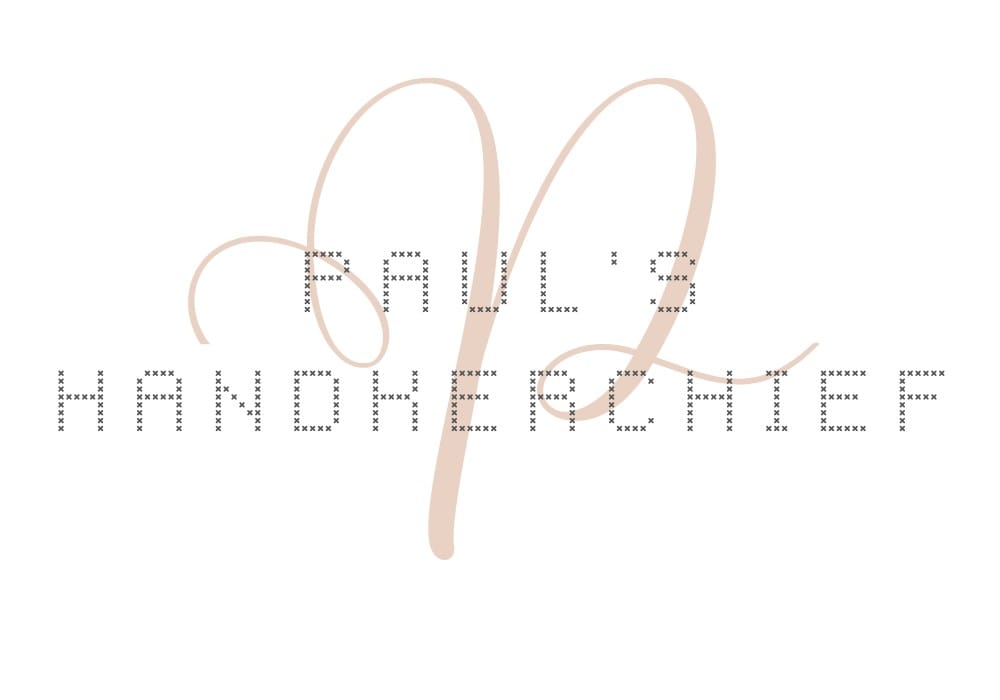Garment of Grace: χιτών (Strong’s G5509: chiton) Reveals Divine Covering
Strong’s G5509: A basic inner garment worn next to the skin, similar to a modern tunic or shirt. From Hebrew “kethoneth,” this foundational clothing item symbolizes both practical necessity and spiritual covering, representing both physical protection and divine provision in Biblical narrative.
U- Unveiling the Word
The χιτών represented more than mere clothing in Biblical times – it was a fundamental garment that spoke to both necessity and dignity. This close-fitting inner tunic, worn next to the skin, typically reached to the knees or ankles and was often made of linen or wool. In New Testament context, the χιτών carries profound theological significance, particularly in Jesus’ teachings about non-retaliation and generosity. The garment becomes a powerful metaphor for Christian self-sacrifice and dependence on divine provision. Early church fathers often interpreted the χιτών as representing the “garments of salvation,” drawing parallels between physical covering and spiritual protection through the Messiah’s redemptive work.
N – Necessary Information
- Greek Word: χιτών, chiton, /khee-tone/
- Detailed pronunciation: khee (as in “key”) + tone (as in “own”)
- Part of Speech: Noun
Join the coffee club to enjoy an ad-free experience and add your voice to this discussion.
Etymology:
- From Hebrew כְּתֹנֶת (kethoneth)
- Borrowed into Greek through Phoenician
- Base meaning: an inner garment worn next to the skin
D – Defining Meanings
- Primary inner garment or tunic
- Close-fitting undergarment
- Basic clothing item worn by both genders
For compound words: Not applicable as χιτών is not a compound word
Translation Options:
- Tunic – Best captures the basic nature of the garment
- Shirt – Familiar modern equivalent but may not convey full length
- Inner garment – Most precise but less concise
E – Exploring Similar Words
- ἱμάτιον (himation, /hee-mat-ee-on/) – outer garment or cloak
See G2440 - στολή (stole, /sto-lay/) – long flowing robe, often ceremonial
See G4749 - ἔνδυμα (enduma, /en-doo-mah/) – anything put on, clothing in general
See G1742
R – Reviewing the Word’s Morphology
Morphological Features as a Noun:
- Case: Nominative, Genitive, Dative, Accusative
- Number: Singular, Plural
- Gender: Masculine
- Declension: Third declension
Examples:
- Nominative singular: χιτών
- Genitive singular: χιτῶνος
- Accusative plural: χιτῶνας
- Related adjective: χιτώνιος (pertaining to a tunic)
S – Studying Lexicon Insights
The scholarly consensus across major lexicons emphasizes χιτών’s fundamental role in ancient dress. BDAG highlights its function as an undergarment worn next to the skin, while Thayer’s expands on its Hebrew origins. LSJ provides extensive classical usage examples, showing its widespread use in Greek literature. Vine’s emphasizes its distinction from the ἱμάτιον (outer garment), while Moulton and Milligan’s papyrological evidence reveals its common usage in everyday life. The word appears in contexts ranging from ordinary daily wear to significant theological teachings, particularly in Jesus’ Sermon on the Mount where it becomes a symbol of non-retaliation and generosity.
T – Tracing the Scriptures
First appearance:
Matthew 5:40: “And if anyone wants to sue you and take your shirt [χιτών], hand over your coat as well.”
Additional References:
Matthew 10:10, Luke 6:29, John 19:23, Acts 9:39
A – Analyzing Classical Usage
| Author: Work | Text |
|---|---|
| Herodotus: Histories | “The young man removed his tunic [χιτών] before entering the wrestling arena” |
| Xenophon: Anabasis | “The soldiers wore linen tunics [χιτών] under their armor” |
| Plato: Republic | “The guardians should have simple tunics [χιτών] suitable for both summer and winter” |
N – Noteworthy Summary
The χιτών represents more than just clothing in Biblical narrative – it embodies principles of divine provision and spiritual covering. When Jesus teaches about giving up one’s χιτών in Matthew 5:40, He reveals a radical ethic of generosity that transcends mere material possession. This basic garment becomes a powerful symbol of how the Messiah clothes us in His righteousness, providing both physical and spiritual covering. Just as the χιτών was the garment closest to the skin, so too should we clothe ourselves with the Messiah’s character, allowing His truth to transform us from the inside out.
D – Did You Know?
- The soldiers cast lots for Jesus’ χιτών because it was woven in one piece without seam, suggesting it was a high-quality garment
- In ancient Greek athletics, participants would compete wearing only the χιτών
- The word survives in modern Greek, still referring to a tunic or dress shirt
Strong’s G5509: A basic inner garment worn next to the skin, similar to a modern tunic or shirt. From Hebrew “kethoneth,” this foundational clothing item symbolizes both practical necessity and spiritual covering, representing both physical protection and divine provision in Biblical narrative.
Part of speech: Noun
Tags: clothing, garment, tunic, Biblical_culture, daily_life, sermon_on_mount, spiritual_covering, divine_provision, Hebrew_loanword, material_culture
This page is made possible by the generosity of coffee club members. Your support keeps spiritual truth free and ad-free for all seekers of wisdom. Thank you and I would like to pray this blessing on you.


